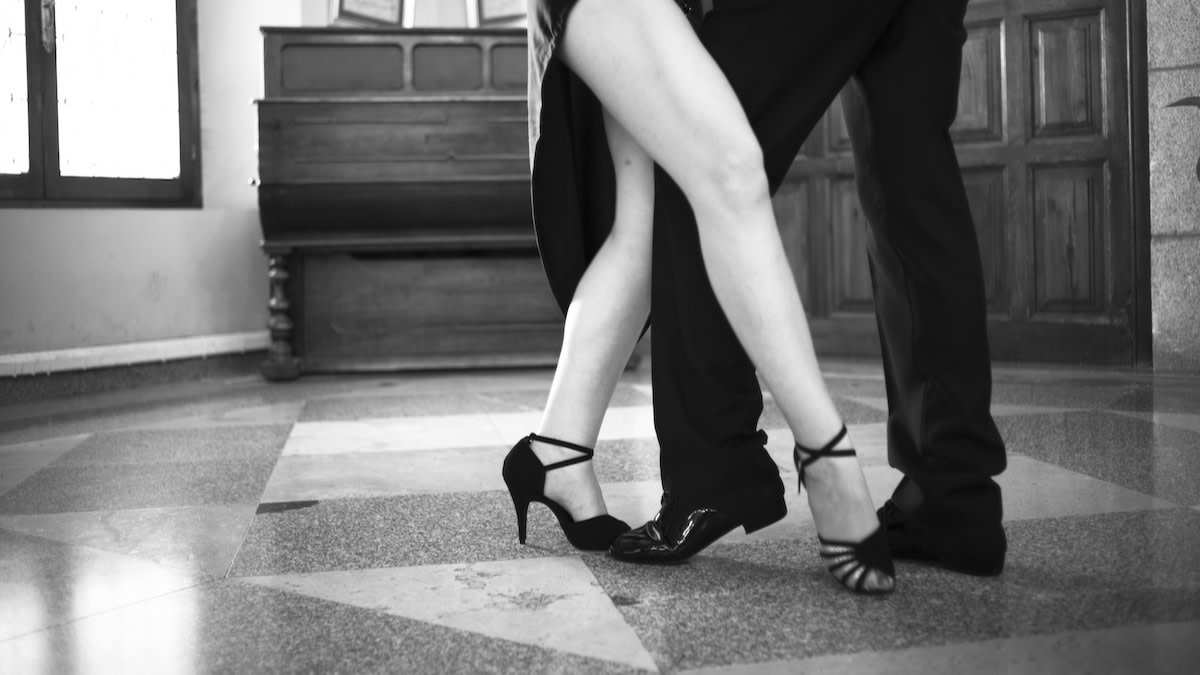Quickstep Guide: How to Dance the Quickstep
Written by MasterClass
Last updated: Aug 3, 2021 • 3 min read
The lively quickstep is a partner dance with three basic steps.
Learn From the Best
What Is the Quickstep?
The quickstep is one of the most popular standard ballroom dances. Lively and exciting, the quickstep is like a fast version of the foxtrot. This ballroom dance takes up a large portion of the dance floor, and dancers fill the space with elegant chasses and lock steps. The quickstep is a flashy and entertaining pair dance often seen on competition shows like Dancing with the Stars.
A Brief History of the Quickstep
The quickstep emerged in 1920s New York, and over time, the dance evolved.
- Slow dance: The quickstep started as a slow foxtrot with syncopated steps but began combining other modern dances, like the peabody, shag, one-step, and the Charleston—one of the most iconic dances of the Jazz Age.
- Quicktime Foxtrot and Charleston: With the addition of modern flourishes, the dance became known as the “quicktime foxtrot and Charleston;” this proved to be a mouthful, and the term “quickstep” eventually replaced it.
- Ballroom dance: Today, the quickstep persists as a modern foxtrot and is a fixture of ballroom dancing. Because of the formality of ballroom dancing and the glamor of quickstep as a dance style, adult dance classes teach the basic steps. Tango, pop, and jazz music often accompany a quickstep dance, though the genre is less important than the tempo, which should be brisk and upbeat.
How to Do the Quickstep
The rhythmic feel of the quickstep is rather repetitive and straightforward. The foot movement follows a slow-quick-quick-slow, slow-quick-quick-slow pattern. Dancing partners—with hands clasped and on each other’s backs—move in unison across a dance floor.
- 1. Forward, side-close-side: The leader brings their right foot forward, quickly takes a step to the side with their left foot, and closes with their right foot, bringing their feet together. The next slow step—outward to the left—ends this first slow-quick-quick-slow movement and sets the dancers up for the next pattern. The follower does the reverse, moving their left foot back, stepping to the right, closing with the left, and then stepping outward with the right.
- 2. Back, side-close-side: The leader then steps back with their right foot, steps to the left with their left foot, closes their feet with their right foot, and steps to the side again with their left foot. This is the second slow-quick-quick-slow. The follower does the opposite, stepping forward with the left, to the side with the right, closing with the left, and again going to the side with the right.
- 3. Repeat: The footwork of steps one and two repeats. Play a song written in a steady 4/4 time signature and repeat “slow-quick-quick-slow” in your head to find the rhythm. Keep your torso steady as you move your feet.
3 Classic Quickstep Moves
Beyond the basic steps of the quickstep, there are three signature moves associated with this ballroom dance:
- 1. Chasse: The normal chasse follows the slow-quick-quick movement. If you’re the dance leader, take a step forward with your right foot and then take a wide sideways step with your left foot. Next, bring your right foot beside your left foot, and then bend your knees. The scatter chasse is a sped-up version of the normal chasse and allows partners to bound around the room in a circle together.
- 2. Lock step: In the lock step, the leader takes a step forward with their left foot (staying up on the balls of their feet), and then crosses their right foot behind their left before continuing with the quickstep walk. This dance is similar to the chasse, except in the chasse you move side to side, but in the lock step you move diagonally.
- 3. Quarter turn: A quarter turn involves the dancing couple starting in one position and ending 90-degrees to the left or right of the original position (depending on whether you are the leader or follower). If you’re the leader, begin with your weight on your left foot. Move your right foot forward, then swing your left foot out to the left, taking your left hip with you to turn your body a quarter turn to the left. Your right foot then closes in beside your left, completing the turn.
Learn More
Get the MasterClass Annual Membership for exclusive access to video lessons taught by the world’s best, including Usher, Misty Copeland, Alicia Keys, St. Vincent, and more.
